Category: Blogpost
-
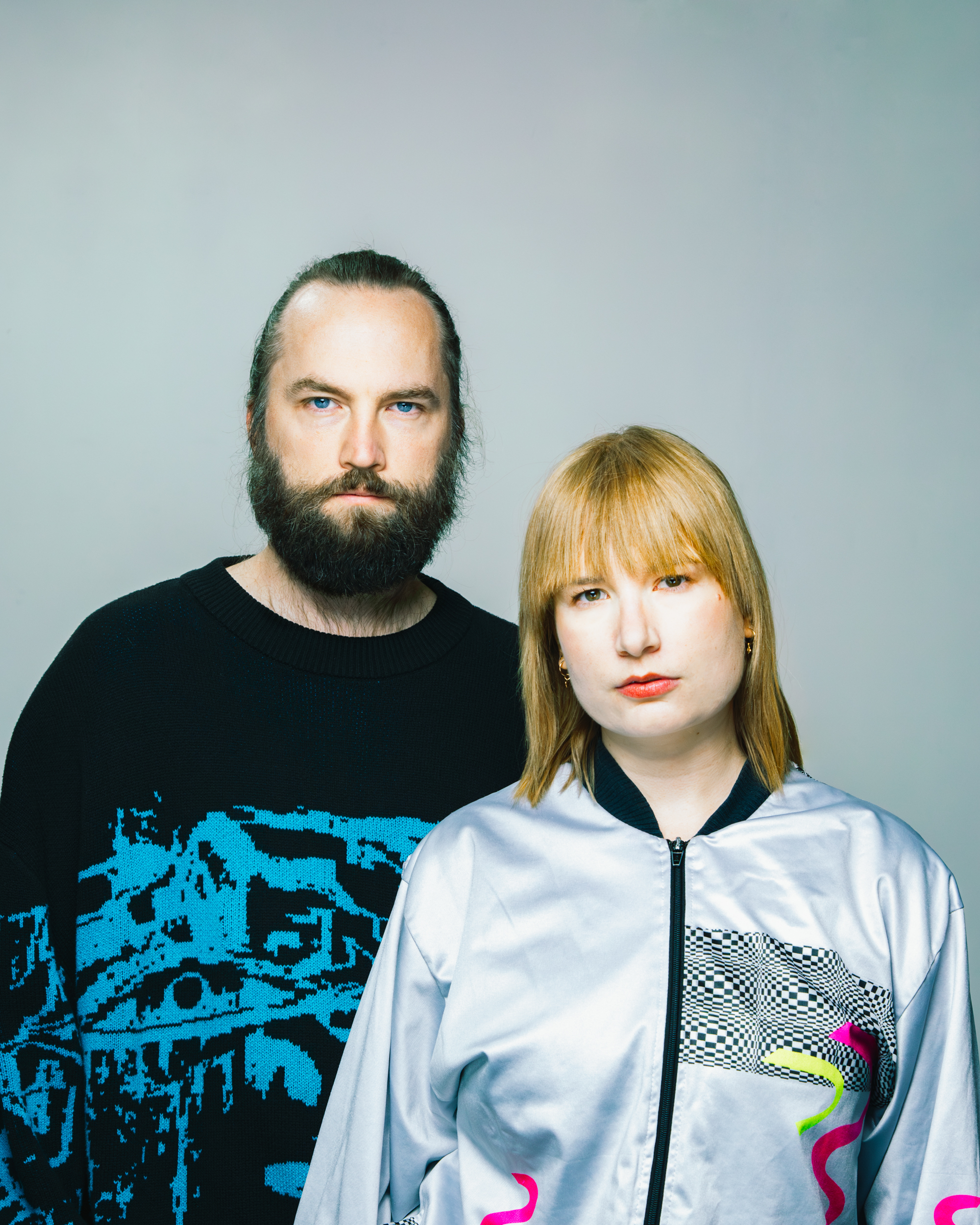
Seed funding to the Control Game
Gabriel Widing and Nea Landin have through Nyxxx received funding from Kulturbryggan, to develop a prototype for our next piece titled The Control Game. During the process we will further explore the idea of separating the audience into two, Players and Avatars. The Players will be able to control the Avatars live by making choices…
-
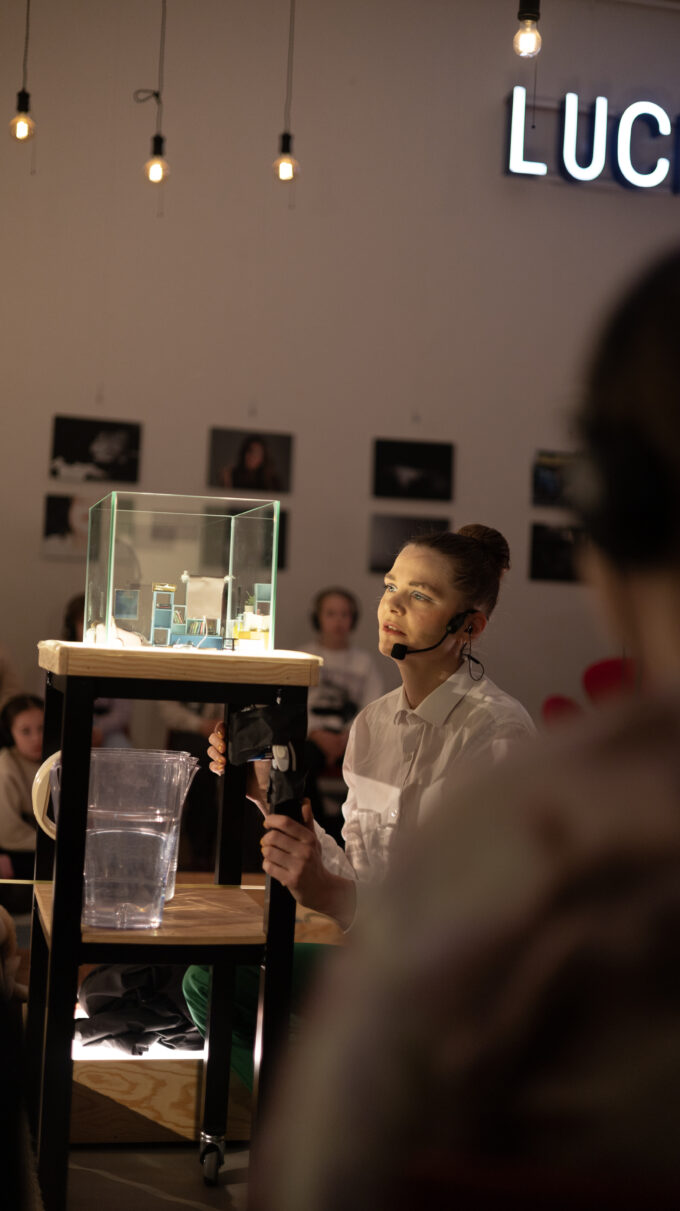
On tour in Finland
I’ve been on a ten day tour in Finland with Nyxxx and the show Hör så tyst det är, directed by me and Ebba Petrén. The tour was organized by Assitej Finland through the Bravo!-festival and I’m happy we have been able to show the work in Swedish as well as Finnish. This is the…
-
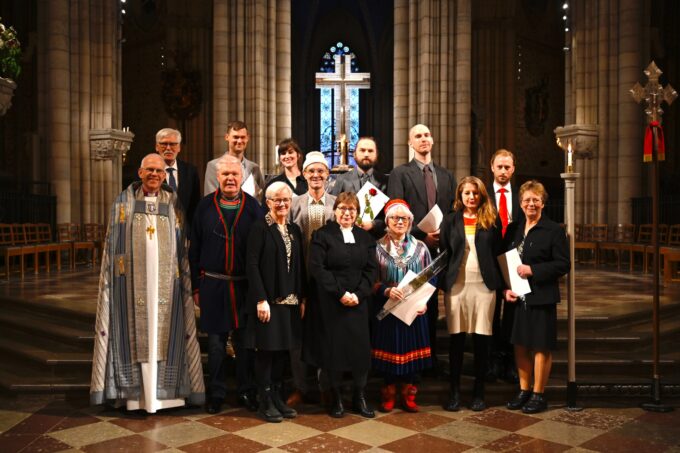
Grant received from The Church of Sweden
We (Gabriel Widing & Áron Birtalan) are excited to announce that our project 𝑳𝒐𝒗𝒆’𝒔 𝑺𝒆𝒗𝒆𝒏 𝑵𝒂𝒎𝒆𝒔 is one of the awardees for The Church of Sweden’s cultural prize in 2023. The award consists of a grant that will help us in the initial stage of the project, studying, rehearsing, wayward dreaming. ⛓️ ✨ 🪨 🔥…
-
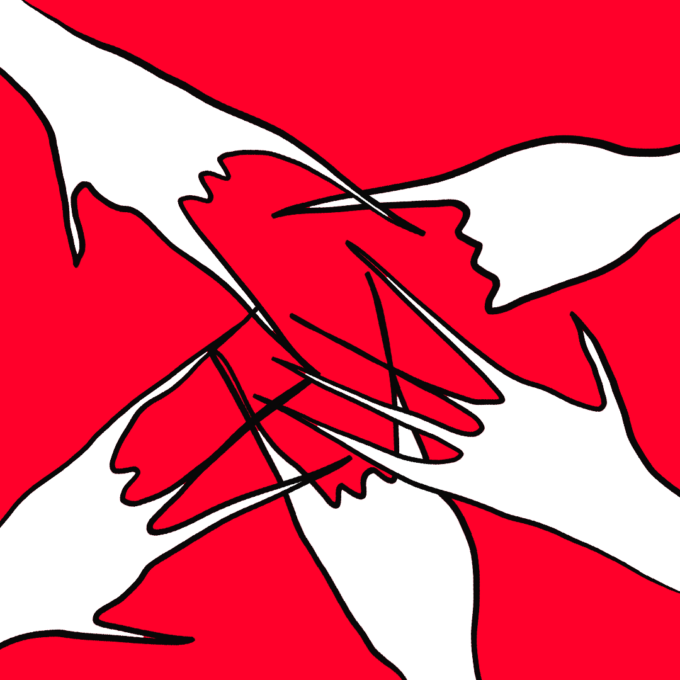
Inferno speed date
Together with Nea Landin I have designed and coded a speed date web app. It was commissioned for Kulturnatten (Museums’ night) at Kulturhuset Stadsteatern. Inspiration came from Dante’s Divine Comedy, where the protagonist wander through the different circles in Hell. The participant start off by choosing what deadly sin they are under the influence of.…
-
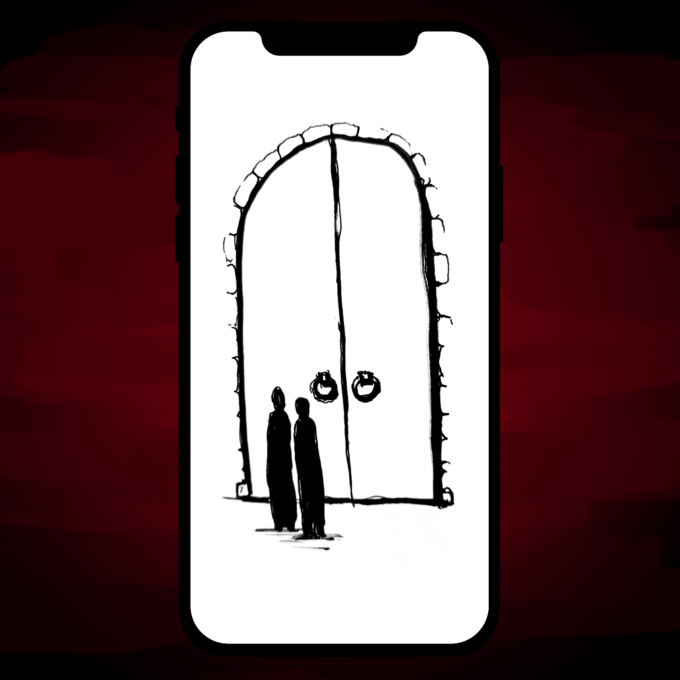
Datenight på domens dag (Kulturnatten, Kulturhuset)
På Kulturnatten, 22 april, 2023 blir det ny-designad, ny-kodad speeddate på Kulturhuset i Stockholm Kom med på en infernalisk speed-date och lär känna nya vänner, älskare och småjävlar. Din mobil (detta djävulens påfund) kommer att leda dig och de andra förtappade själarna på plats genom en serie rykande möten och situationer. Speed-daten är skapad och…
-
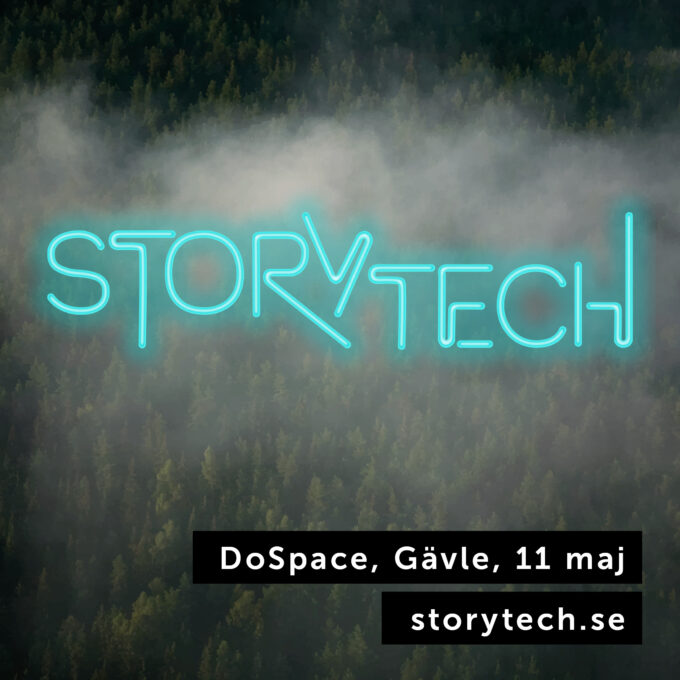
Ekstasis på Storytech
Vi visar Ekstasis på endags-konferensen Storytech i Gävle 11 maj 2023.
-
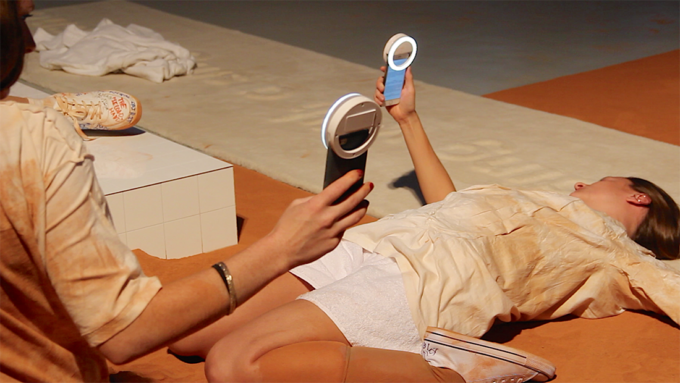
THE IMAGINING BODY: Freestanding course at SKH
Applications are open for a freestanding 7.5p course at Uniarts/SKH that I will put together and teach together with Áron Birtalan. It’s the first time I have the opportunity to create an entire course from scratch on university level and I think these five weeks will be great. If you are active in any performative…
-
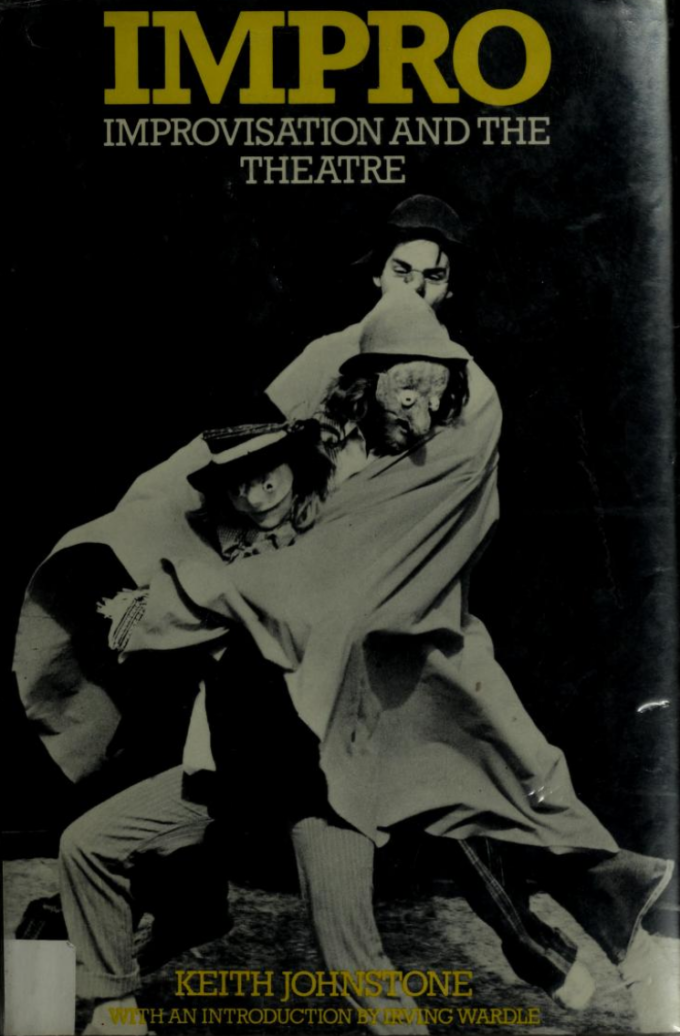
Rest in peace Keith Johnstone
I just heard that the improvisation guru Keith Johnstone (1933 – 2023) passed away. He visited Stockholm occasionally and worked with Susan Osten and others, which also meant that his work was translated and published in Swedish. I think his work was absolutely fundamental to bridge the world of games and theater and thereby making…
-
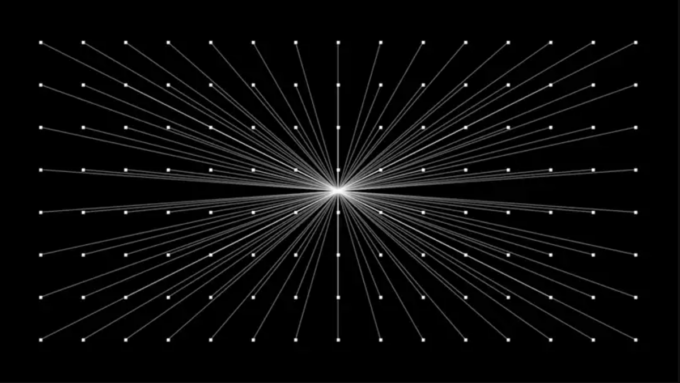
Teaching Processing at BTH
I’ve spent 3 weeks at Blekinge institute of technology, teaching coding to Digital Image students. I’ve been using Processing, which was designed by MIT to make interactive graphics, animations, and multimedia projects. One advantage of using Processing to teach coding is its simplicity. Processing is built on the Java programming language, but it has a…
-
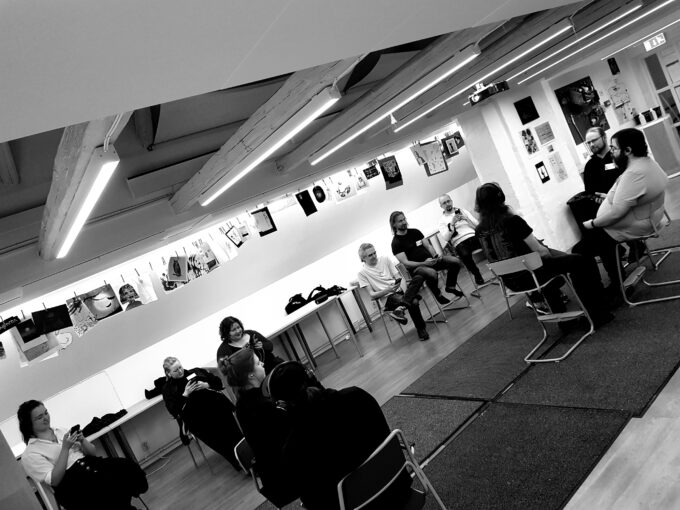
Mobilized and Control game prototypes at Stockholm scenario festival
I went to Stockholm Scenario Festival this week and played a prototype of Mobilized and a new prototype with the working title Control Game (both made in collaboration with Nea Landin). It’s always great to see new material in the hands of larpers and I got great feedback.
-
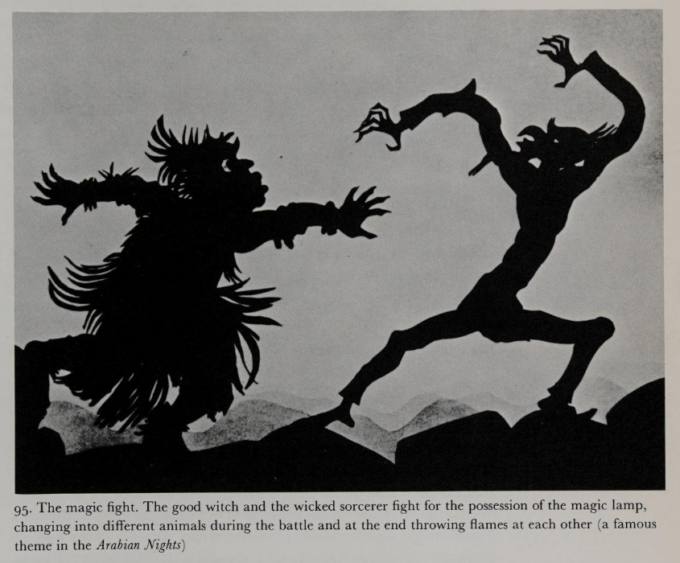
Anteckningar från en kurs i dockteater
Jag tänker nu på dockan som ett gränssnitt mellan aktör och publik. Dockan är ett medierande objekt som befinner sig någonstans mellan aktörens hand eller kropp och publikens blick. På det sättet är den också granne med mask. I skuggteatern behövs även ljus och duk för att dockan ska framträda. Dockans och skuggteaterns historia är…
-
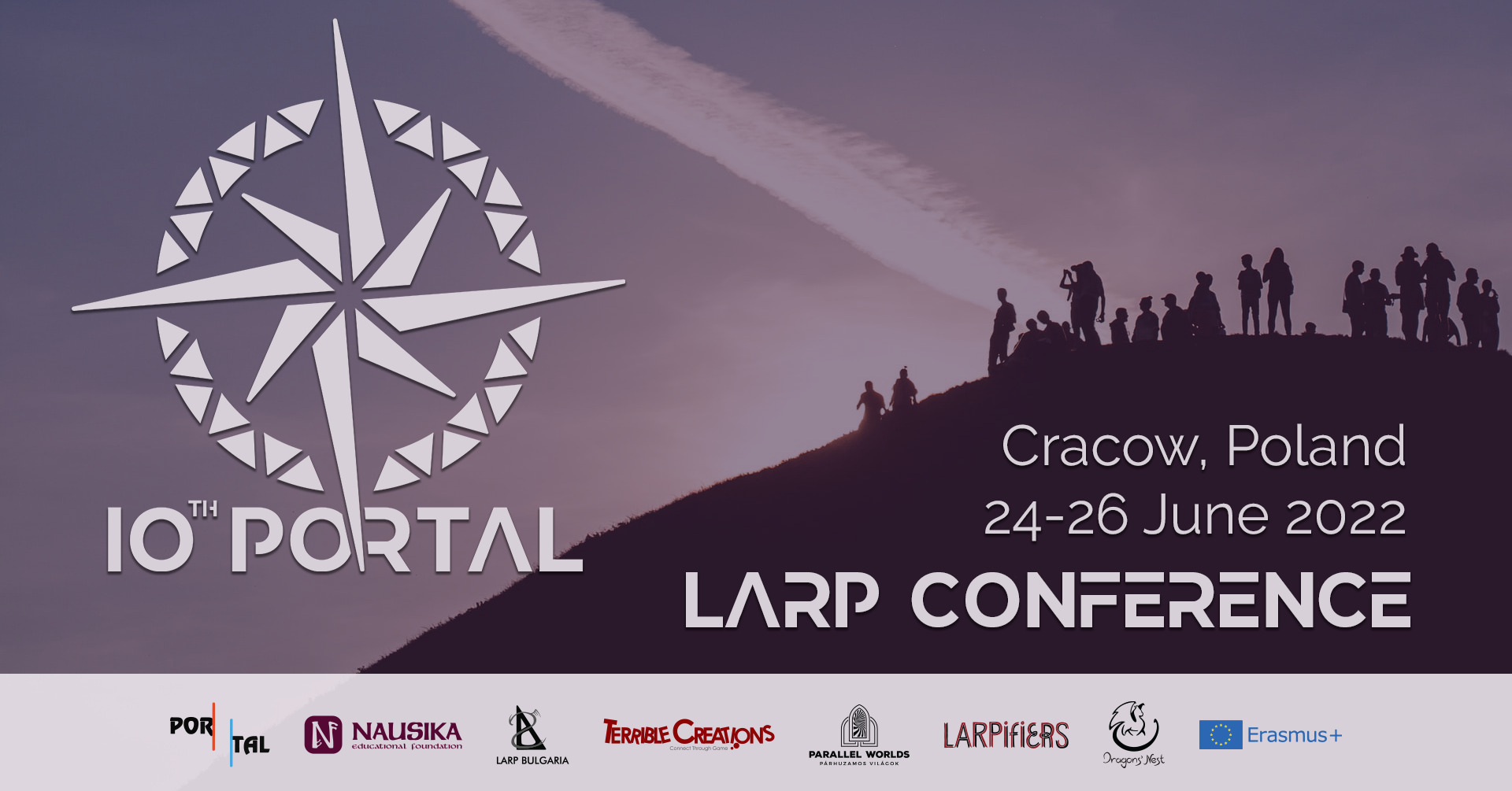
Visiting Portal10
I had the pleasure of giving a workshop with Thom Kiraly at Portal10 in Krakow on the midsummer weekend. Among other things I tried out the prototype for mobile phones created with Nea Landin. The material draws inspiration from Baudrillard’s Ecstasy of Communication: The body as a stage, the landscape as a stage, and time…